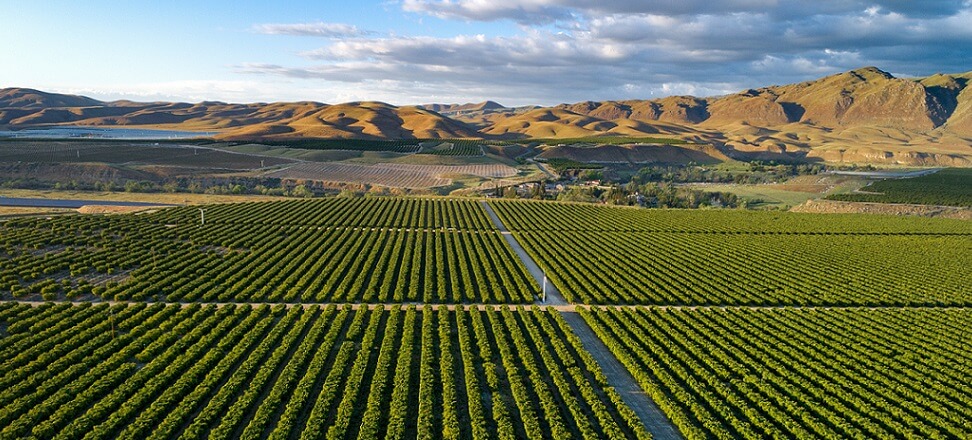After 2022, when average retail fertilizer prices in the United States reached a record high, the beginning of 2023 allowed farmers to breathe.
In the first week of January, average retail prices for eight major fertilizers were lower compared to the previous month. This was the third consecutive week showing a downward trend.
Lower retail fertilizer prices are influenced by both falling gas costs and demand generated by farmers.
Average retail fertilizer prices – a review of recent weeks
DTN reports that the first weeks of January saw a significant drop in average retail prices for fertilizers – by 5% or more. Seven of the eight major fertilizers had a lower price compared to the previous month.
Anhydrous fertilizer could be purchased 12% cheaper, with an average price of $1245/ton. For the first time since the second week of November 2021. It cost less than $1,300/ton. Ammonium phosphate, potassium salt and urea also experienced declines, recording a price 20% lower than last year. Retail prices for RSM fertilizer are also lower.
Low retail fertilizer prices vs. agriculture
Reduced fertilizer prices could bring relief to farmers, who already face high costs for everything related to farming, from chemicals to fuel to needed equipment or wages for workers. The fertilizer industry is currently undergoing a global crisis as farmers, given the high cost, are buying far less, and the price of natural gas, the main raw material for most nitrogen fertilizers, is falling.
However, as DTN reports, the supply of fertilizers in the United States is at a good level, and there is no indication that there will be a shortage. Although the market depends mainly on the global situation, nevertheless local conditions often determine its availability.
The drop in prices in the United States does not reflect the situation in Europe. True, fertilizer prices have fallen from peaks reached in early 2022, but they are still at historically high levels.
Weak demand is responsible for the lower prices, as farmers cut back on fertilizer use due to poor availability and high prices. The sector is also affected by supply issues, including the collapse of production in Europe, disruptions related to sanctions imposed on Russia and Belarus, and trade restrictions in China.

 Polski
Polski






